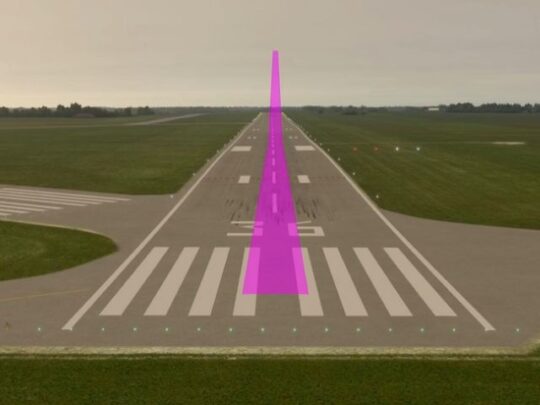Wally:
“As a glider instructor, Bob, I’ve logged over 1,500 dead-stick landings. I regularly teach glider pilots how to get the airplane on the ground safely. The secret to getting that glider into the field is to use the same, consistent pattern every time.
This consistency helps establish an awareness of appropriate glide angles and can be used at the home field or in the event of an off-field landing. Off-field landings are not uncommon in the glider world and are routinely done without any incidents.
The same technique is also the secret to successful emergency landings for power planes. We need to plan and practice a standard pattern which we’ll use every time. Doing it this way provides two distinct advantages.
One, a standard pattern constantly allows the pilot to adjust his approach as he flies through lift and sink and changing winds. Secondly, it’s something we can practice on a regular basis, so we’re apt to be more proficient when the time comes.”
Bob:
“Wally, can you describe for us what this pattern looks like?”
Wally:
“Sure, Bob. The standard pattern should start on downwind leg. Abeam our touchdown spot. The spot that we’ve chosen in the field that you’ve helped us select in the earlier workshop.
We should do that at approximately 1,000 feet above ground level, and at a distance that will put that touchdown point at about a 45-degree angle below our wing. This will be closer than the typical landing pattern that a power pilot is accustomed to.”
Bob:
“It sounds easy enough, but how do I determine 1,000 AGL when I’m landing in a strange field?”
Wally:
“First of all, one should always have a general idea of the elevation of surrounding terrain if they’re keeping up with their navigation. Furthermore, we’ll get a chance to practice every time we enter the traffic pattern, Bob. If we just pay attention, you’ll soon recognize the fidelity of ground objects from this altitude.
It’s an altitude we use regularly every day. If we look out the window and try to establish references, it’ll become quite easy for you to do it even in a strange place.
As a further exercise, you can fly out to a sparsely populated area where you know the elevation. Level off at 1,500 feet AGL. Look around, descend to 1,000 feet, and note the difference. Then descend to 500 feet if it’s safe to do in this area and note the difference again.
Climb back up to what looks like 1,000 feet without your altimeter and see how you do. I’ll bet you’ll be pretty close. Practice this exercise from time to time and keep it fresh in your mind.
Also, each time you enter the pattern, descend to what looks like pattern altitude to you without the use of the altimeter, then check to see how well you did. You’ll be surprised how well you can do. You can practice this every time you fly.
Actually, it’s not important to be 1,000 AGL on our downwind as long as we set up the 45-degree angle. Your altitude will compensate for the distance. If you’re a little low, you’ll be closer. If you’re a little high, you’ll be farther out.”

